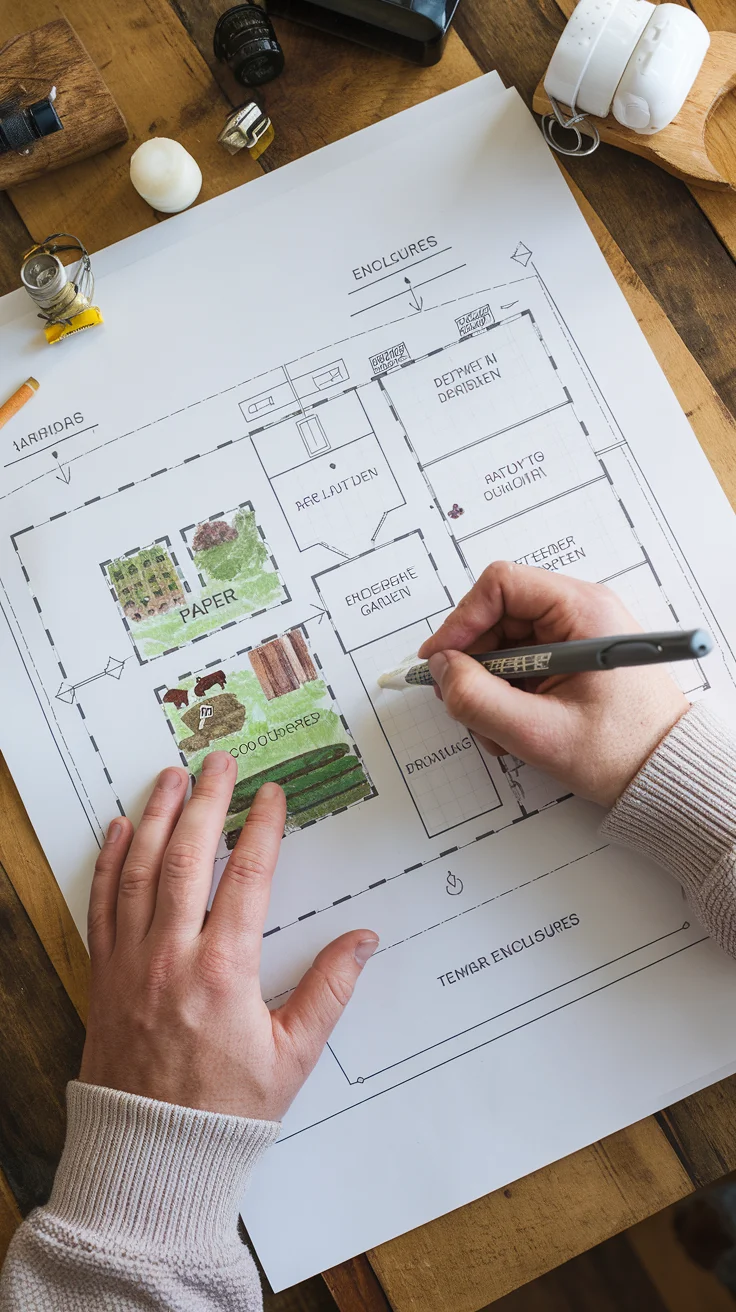19 Fall Season Nails Ideas for a Perfect Autumn Look
19 Fall Season Nails Ideas for a Perfect Autumn Look As the crisp air and warm…

19 Fall Season Nails Ideas for a Perfect Autumn Look As the crisp air and warm…

11 Letter G Crafts for Preschoolers Teaching preschoolers the alphabet can be an exciting and interactive…
19 Beautiful Rosh Hashanah Crafts for Kids Rosh Hashanah, the Jewish New Year, is a time…

15 Elegant Grown Woman Bedroom Ideas to Create a Chic Sanctuary Creating a chic sanctuary in…

How to Set Up a Homestead Layout Plan Setting up a homestead layout plan is essential…

21 Chic Black Christmas Tree Decoration Ideas for a Bold Holiday Look A black Christmas tree…

17 Creative Nightmare Before Christmas Decoration Ideas for a Spooky-Festive Home Bring a unique twist to…

21 Stylish Small Living Room Dining Room Combo Ideas for Maximizing Space Designing a small living…

39 Modern Diwali Decor Ideas for a Chic Celebration Diwali, the festival of lights, is an…

13 Creative Branding Photoshoot Ideas to Elevate Your Personal Brand Elevating your personal brand through impactful…